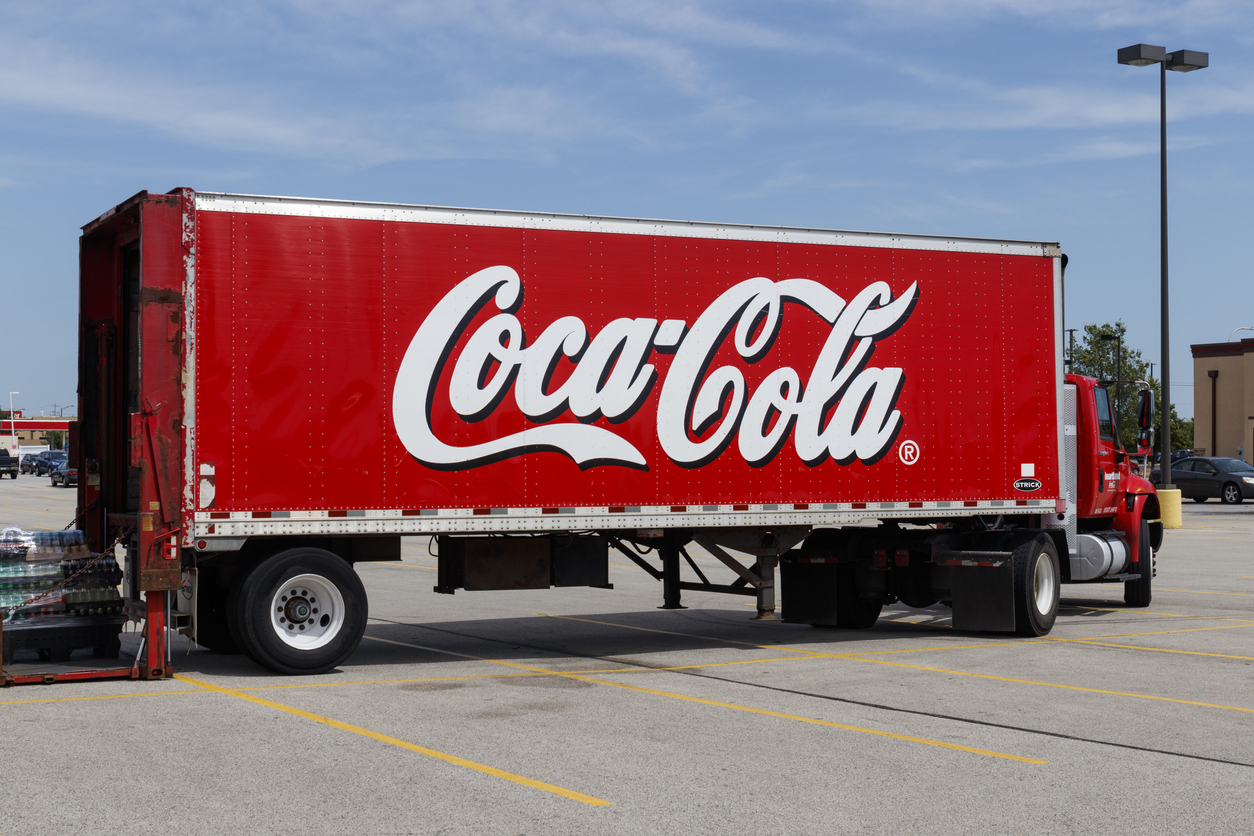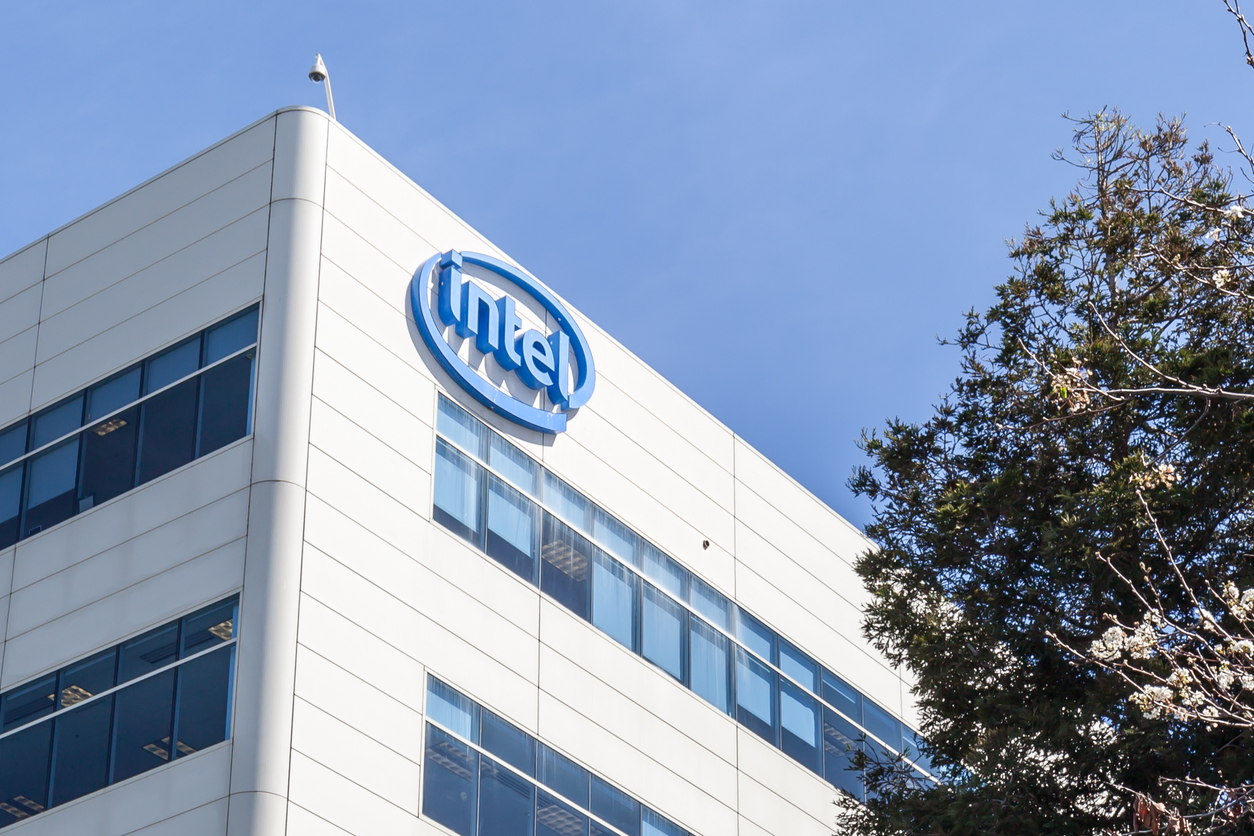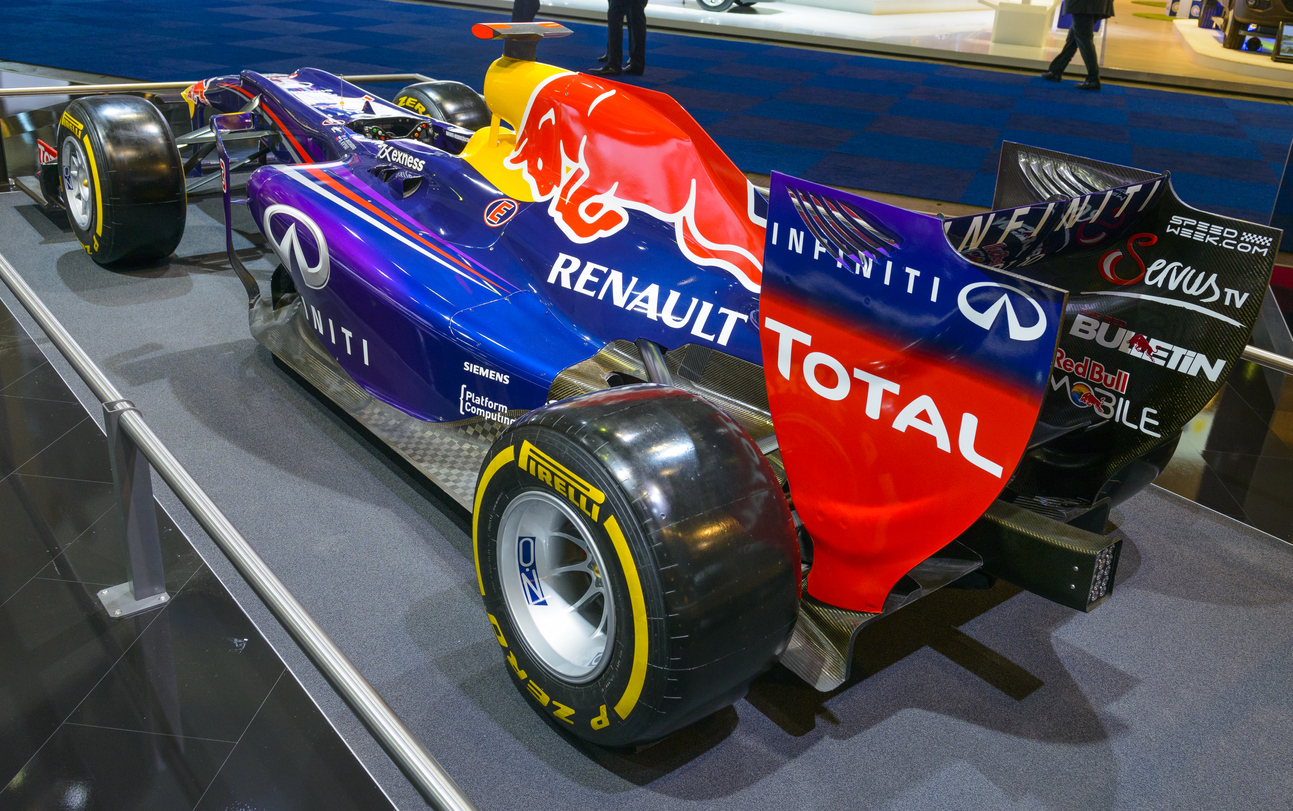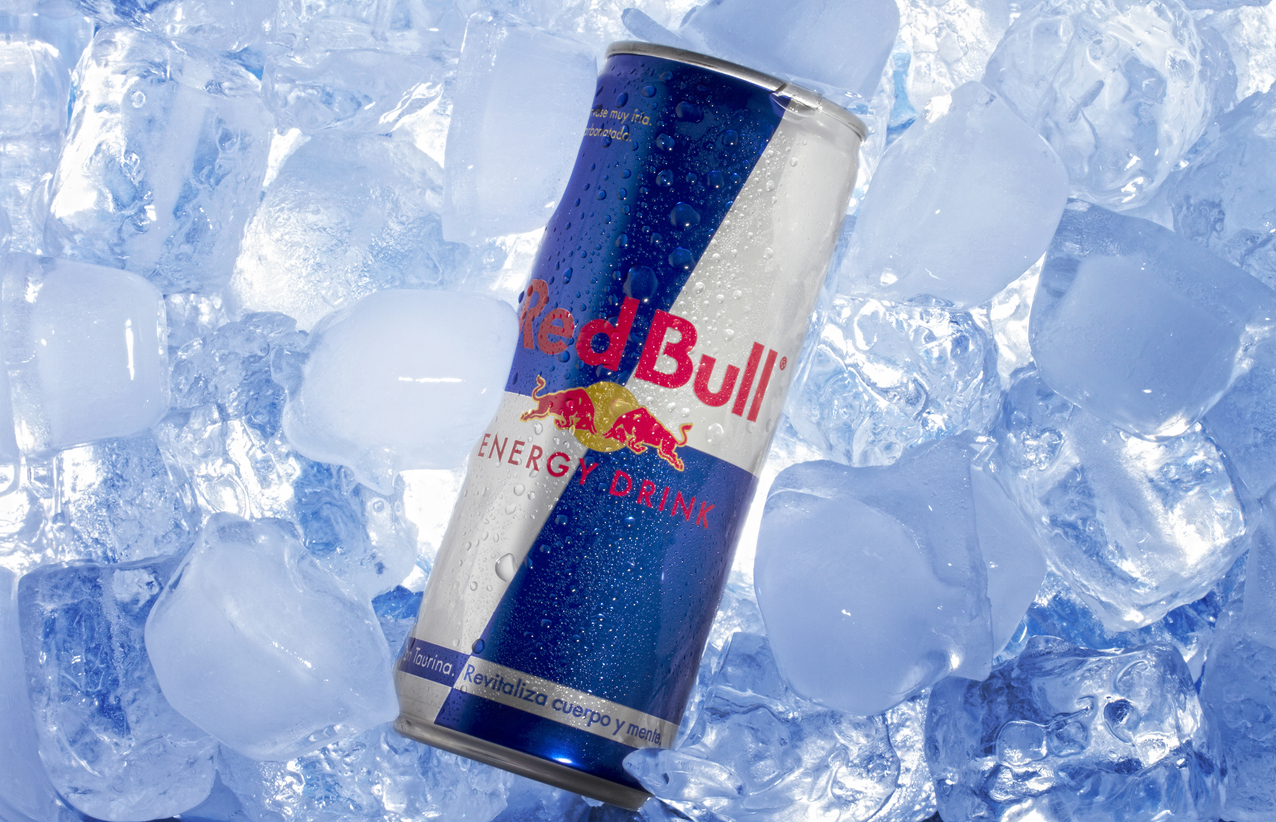26 August 2020
Branding is intangible. It's a reputation, not a graphic.
Branding is the mechanism by which consumers both recognize a product, company or service and develop an emotional connection to it.
Building a brand doesn't happen on the whiteboard back in the office, it takes place in the collective minds of the people who buy or might buy your product or service. Branding is about people.
Branding is what those people THINK and FEEL about your company, product, or service.
While the emotional connection is a concept more readily associated with consumer products it is equally present and powerful in B2B products and services.
Global companies like Lockheed Martin, Bechtel, Mitsubishi, General Electric, General Dynamics, Boeing, and IBM (too name a few) are powerful brands both through high awareness, strong reputations, and impressive track records.
The origins of branding
While branding is conceptual, it originated from the tangible practice of marking to denote ownership.
Branding dates to the practice of burning a distinctive mark into the hides of cattle for proof of ownership because cattle rustling (stealing) became a thing. However, in the sale yards, buyers began using the brand to identify the good quality beasts seeking out certain brands that had a reputation for producing quality livestock.
The concept of marking goods (or branding) was transferred to traded goods. It wasn't enough to brand something, you also had to put the effort into building a reputation for quality. Building such a reputation took time.
Thus, branding is more than just the mark (or logo), it's built through developing a reputation (trust) through not just advertising but also corporate or product behavior.
The logo and corporate identity
The recognition part of branding is easier to understand. “The Mark” (aka logo, dinkus, etc.) is a graphic or logotype that needs to be unique, memorable and consistent with the brand image. In popular thinking, "brand" and "logo" are synonymous, but marketers use the term "branding" to describe a bigger concept.
A logo, however, is not a brand. The brand is the reputation that the mark stands for.
This is the most crucial concept for understanding what a brand is.

The brand image is planned by the owner of The Mark and is the intended position for the brand in the market, and the complete back story - what does the brand stand for, and how does it differ from its competitors?
The marketer is the architect of the brand but the building site is the collective minds of the target market (people).
The brand-building process is achieved through orchestrating how the brand behaves (product attributes, product performance and customer service) and delivering messaging through marketing communications, which includes advertising, publicity, trade shows, websites, salespeople, digital promotion - any tool used for communication.
Through the consistent application of the brand personality in all corporate behaviours and communications, and delivering messages to the target market, over time a consistent image of what The Mark means (a reputation) is built up in their collective minds.
Building a brand takes times

“Over time” is the operative concept; brands aren’t built overnight; it takes a long time to build a consistent brand image in a significant number of people’s minds. A huge investment in marketing is required.
The term “brand equity” is used to describe the end result of this investment.
The result is whenever the target market see The Mark they recall the brand’s story, invoking both recalls of their knowledge of the brand but also an emotional response.
Brands invoke an emotional response
Building an emotional connection is the key to successful marketing.
Now, we need to be careful with throwing terms like "emotion" around without clarification. Non-believers seize upon such concepts because the word "emotion" is often interpreted at the extreme ends of the spectrum.
People don't often break down and cry or experience extreme joy over everyday brands. But, can defend their choice of favorite brand with some passion. However, religious symbols, sports team livery, and national flags (also examples of branding) often are sources of high-emotion.
The more sophisticated marketers spend a lot of time understanding their customers (market research) sometimes even employing marketing psychologists (refer psycho-graphics) to glean insights into their self-image and emotional triggers and craft the brand specification to match. When the brand personality matches their psych they will be subconsciously drawn to prefer that brand over all others.
Perhaps the best example of this identification and emotional connection is choice of political parties. The vast majority of voters will rigidly vote for the same political party hence the term "rusted-on". At the same time, when the party adopts policies (in an attempt to gain votes) that stray too far from the party's core values - trust is lost.
At the very least you want your customers to buy your product or service on a logical level.
At best you want them to be emotionally attached.
The ultimate: they buy your product or service because it defines who they are

Consistency is crucial
Strict adherence to a brand specification is the foundation of building a great brand. The key components of a brand specification are...
- Logo and visual standards: the logo is the visual identity that brands a company or product.
- Brand values: are the principles the brand stands for
- Brand personality: marketers use a short statement to define the brand's personality.
All public-facing manifestations of the brand must be calibrated with reference to the brand specification. In this way, a consistent image is projected.
In practical marketing, there are three main reasons for doing this...
1. Trust
As a tool for brand development, marketers think of brands in much the same way as they perceive people. People who behave consistently and adhere to principles are naturally thought of as trustworthy. This should not be misconstrued as "boring". The brand values might be "Exciting", Outgoing", "Adventurous" or even "Quirky" - that's fine, as long as the brand consistently behaves that way. And this would apply to the creative strategy used in advertising, the copywriting style, art direction and even the types of events the brand might sponsor (associate with).
Red Bull is a classic example of a brand where "action", "excitement" and "energy" are core brand values. Hence, they are major sponsors of action sports and not (say) Opera or theatre.

2. Memorability
The human brain is optimised for building connections. Topics that have many connections are more easily recalled. A key connection is colour. Researchers ballpark the number of colours we can distinguish at around a million. Hence, marketers specify very particular colours for logos and associated visual elements and apply them with great consistency. Consistency applies across the whole range of the brand specification. Many brand specifications even specify the tone of voice to be used in copywriting and even specify keywords or phrases that should be used in every communication.

3. Efficiency
Marketers ensure consistency in communications by writing brand specification documents that paint a complete picture of the brand. Future marketing campaigns or marketing decisions affecting the brand are ensured to be consistent with the brand specification.
The brand specification will include the manner for applying the brand (colours, graphics, fonts and associated graphic devices and how it will be applied to products, external signage, printed stationery, business cards, T-shirts, vehicles, social media - everything - this is called a corporate identity in the situation where an organisation is branded, or similar for product/service branding.
But importantly, the brand specification will also include a definition of brand values and brand personality.
The brand specification provides a starting point for the development of all marketing strategies and the development of marketing communications (see Promotion Strategy).
It specifies everything, thus pricing decisions become clearer (see Price Strategy), Place Strategy, product strategy and promotions all must support the building of the brand.
So, while the initial work developing the brand specification can be very costly, the implementation becomes more cost effective through shortening the time to build brand equity but also through providing a starting point for marketing decisions and the development of creative work.
Simple things like designing business cards or designing building signage is straight forward (and are usually specified in the brand style guide).

Yes but, isn't it boring?
People working in business are naturally spending a lot of time with a brand. Observing the consistent and unchanging brand image every day for weeks, months, years will lead them to start thinking the brand is stale, boring and badly in need of a refresh.
There is a brand vandal in everyone just waiting to be released along with our inner creativity.
Thus, we see salespeople creating brochures "our sales brochures have become boring, they all look the same" and come up with something completely different and usually shocking. New colours are added, different type fonts (thank you Microsoft Office) and PowerPoint presentations with hideous scrolls and clip art.
The flaw in this thinking is to assume the target market are similarly bored. Just because within our corporate lives we are saturated with tireless and never-ending exposure to the brand graphics and have become "bored", that doesn't mean the customer has.
In reality, potential customers and even existing customers have fleeting exposure to a brand. These touch points are vitally important as this is when the appearance and behavior of the brand contributes to the brand image - consistency builds trust, communicates discipline and professionalism. If every time they have a fleeting exposure to the brand it looks different, they may well get the impression of a company lacking discipline, lacking professionalism, or having some other problem. Actually, they won't even think about it at all - they'll just be turned-off in a way they haven't thought about, and aren't going to think about (because they don't need to) and go somewhere else.
Further, people have personal preferences and their own ideas about colours and design. Given the opportunity to create or influence the way communications are created provides the individual with the opportunity to inject their own preferences and ideas. This is not good practice and is one of the biggest mistakes.
It's also painful to police.
After spending hours working on a nice new brochure or Power Point nobody enjoys being told "you've wasted your time; it doesn't conform to the brand guidelines" or "your work is terrible."
Helps if the organisation has a detailed brand manual (corporate identity standard).
It also helps if the development of a corporate identity extends to the development of standard templates that cover the wide range of potential corporate communications and sales tools. While the investment up-front can be substantial, the potential long term savings eliminating employee time "futzing" with desk-top publishing is well worth it.
Consistency projects authority, discipline, and credibility.
Consistency matters.

Perhaps one of the most iconic logos in Australia today.
When it was first launched it was met with derision "my kid could have designed that!"
However, the genius of logo design is coming up with a mark that is simple, memorable and distinctive.
And applying it consistently.
Final words
Never forget, branding is intangible. It's a reputation, not a graphic.
As marketers, we are the architects of the brand, but the building site is inside the collective minds of the customer.
Further reading
How Apple and Nike have branded your brain (YouTube: The Big Think)
Brand identity and development
The world's most valuable brands - a listing
What is marketing?
Psychographic profiling
What is brand personality?
